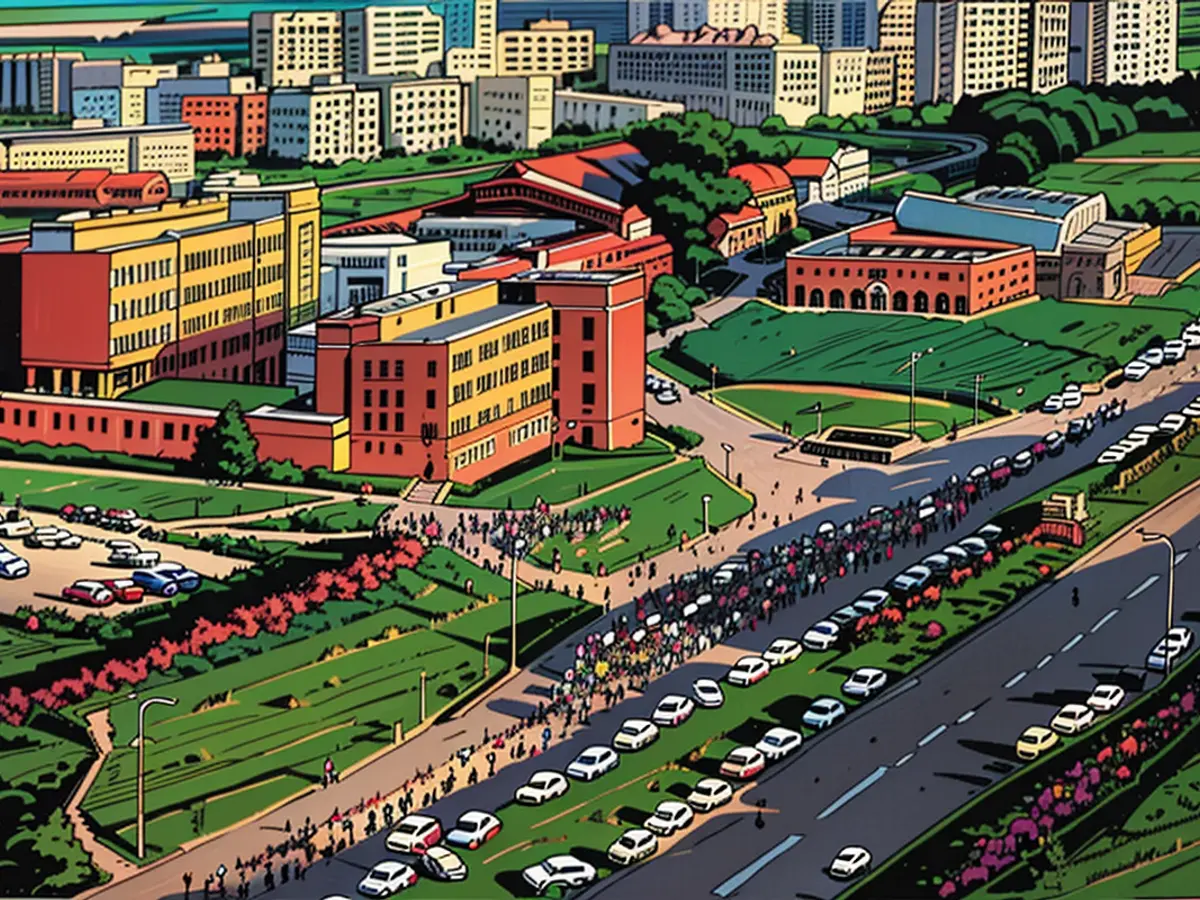- Thirty-five years of commemoration: Nations recollect the Baltic Chain event
This year, Estonia, Latvia, and Lithuania celebrated the 35th anniversary of the "Baltic Chain," a 600-kilometer long human demonstration that connected the three Soviet republics. President Alar Karis of Estonia stated at one of the many commemoration events that "The Baltic Chain was a clear representation of the unity of our oppressed nations and our desire for independence and freedom." Latvia's President Edgars Rinkēvičs referred to it as "an exceptional and unmatched action in world history," and his Lithuanian counterpart Gitanas Nausėda highlighted that "everyone who joined the human chain from Vilnius to Tallinn felt a powerful surge of hope and optimism. The stagnant, deteriorating Soviet system could not withstand such a challenge."
On August 23, 1989, approximately 2 million Estonians, Latvians, and Lithuanians connected to form a 600-kilometer long human chain from Tallinn to Vilnius, protesting for their freedom and independence. This event coincided with the 50th anniversary of the Molotov-Ribbentrop Pact's signing, which granted the Soviet Union the right to occupy the Baltic states, which only gained independence again in 1991.
Thirty-five years later, the people of all three countries reminisced about the peaceful demonstration that caught the world's attention and gave momentum to their independence efforts. The "Baltic Chain" was a significant milestone in the "Singing Revolution," which culminated in the independence of the Baltic states and the fall of the Soviet Union in late 1991.
The leaders of all three countries reiterated their support for nations and states fighting for their independence and freedom.
The "Baltic Chain" took place within the broader context of the Soviet Union, as it was a peaceful demonstration organized by Estonians, Latvians, and Lithuanians against their occupation. Despite the Molotov-Ribbentrop Pact of 1939, which allowed the Soviet Union to annex the Baltic states, the resilient spirit of the people could not be suppressed, leading to their eventual independence in 1991.








